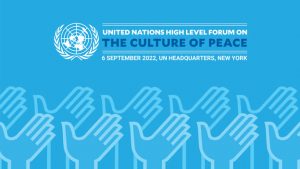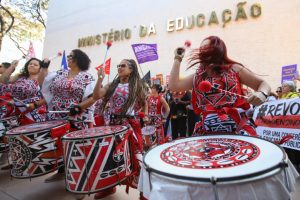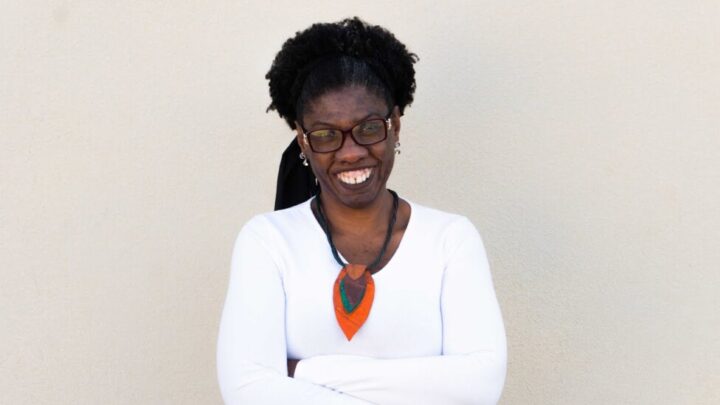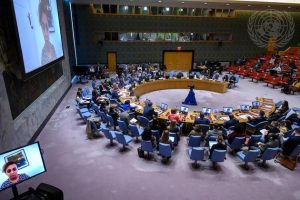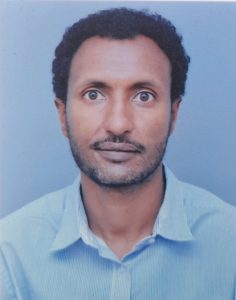Bedford, Mass., Aug. 22, 2023 (GLOBE NEWSWIRE) — Conagen, the bioplatform innovator and biomanufacturer, has developed a first–of–its–kind, natural–sourced class of sustainable retinol derivative ingredients through precision fermentation. This achievement in new retinol active ingredients reshapes beauty and personal care applications.
"Conagen is ready to commercialize these retinoid ingredients in 2024," said VP of Flavors and Fragrances, Yisheng Wu, Ph.D. at Conagen. "Beauty and personal care brands seeking the newest technology in retinol formulation flexibility are encouraged to explore Conagen's retinoid ingredients."
Conagen's retinoids derivatives are created by covalently binding retinoids with another cosmetic active ingredient into a single molecule. The retinol is produced with a 100% renewable carbon source through the precision fermentation process. Through the fusion of retinol and a second complementary ingredient, the technology offers consumers functionalities that extend beyond wrinkle reduction and anti–aging benefits.
“This new development empowers cosmetic formulators to create products that excel in both performance and innovation, aligning with the ever–evolving demands of today's discerning consumers," said Wu. "By providing enhanced stability, controlled release, and multifunctional capabilities, Conagen's retinoid derivatives redefine the possibilities within the cosmetic industry."
A notable feature of Conagen's innovative retinoid variants is their adaptability. Depending on the selected partner for pipeline integration, these compounds introduce flexibility, enabling cosmetic formulators to incorporate a secondary function. This presents opportunities for inventive features that uniquely enhance cosmetic formulations.
Pushing the limits in creative beauty, Conagen's primary achievement lies in the improved stability these retinoid derivatives provide. This enhanced stability enables cosmetic products to ensure a consistent and extended release of retinol, resulting in long–lasting effects on the skin. Traditional retinol is known to cause skin irritation, such as redness, dryness, and peeling. Conagen's retinol ingredients aid in the formulation of low–irritation retinol products. These ingredients are compatible with other compounds, such as squalene, bakuchiol, and pomegranate extract, maximizing delivery and effectiveness while minimizing potential off–target effects.
According to Innova Market Insights, online consumer searches for retinol in beauty and personal care are rising. With approximately 1 million tags on Instagram and a growing trend, the demand for this anti–aging active ingredient continues to surge. Innova's global report highlights consumers prioritizing anti–aging and anti–acne properties in skincare, followed by blemish reduction.
The success of this retinol innovation originates from the unique high–yield carotenoid platform led by Wu, who has worked on the project for years. This meticulously studied platform has yielded numerous widely utilized carotenoid compounds, including beta–carotene and astaxanthin. By introducing additional steps in the metabolic pathway, Conagen can make retinol at high efficiency. This same versatile platform holds the potential to generate various flavors, fragrances, and nutritional compounds derived from carotenoids, further underlining its significance.
“Conagen's achievement underscores its steadfast commitment to pushing the boundaries of biotechnology and driving innovation," said Wu. "As the cosmetic industry undergoes transformation toward clean and sustainable, Conagen remains at the forefront of transformative advancements, poised to contribute to a new era in cosmetic formulation."
###
Conagen is a product–focused, synthetic biology R&D company with large–scale manufacturing capabilities. Our scientists and engineers use the latest synthetic biology tools to develop high–quality, sustainable, nature–based products by precision fermentation and enzymatic bioconversion. We focus on the bioproduction of high–value ingredients for food, nutrition, flavors and fragrances, beauty, personal care, pharmaceutical, and renewable materials industries. www.conagen.com
Attachments
- Conagen's new retinol active ingredients reshapes beauty and personal care applications.
- Conagen's development empowers cosmetic formulators to create products that excel in both performance and innovation, aligning with the ever–evolving demands of today's discerning consumers

GLOBENEWSWIRE (Distribution ID 8898570)





